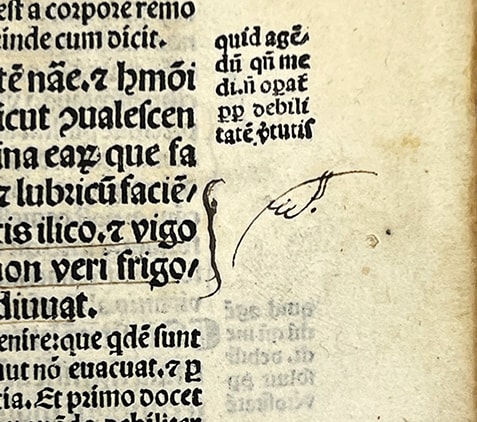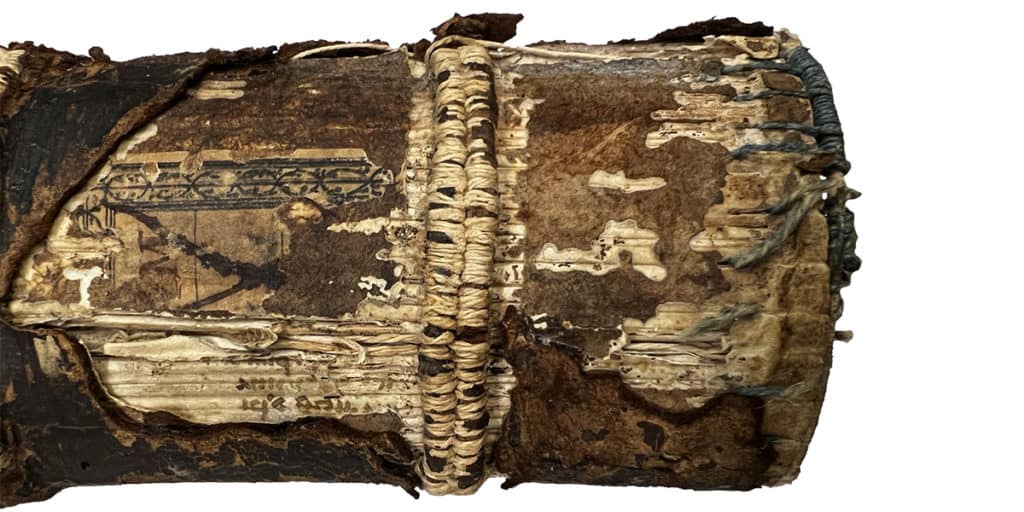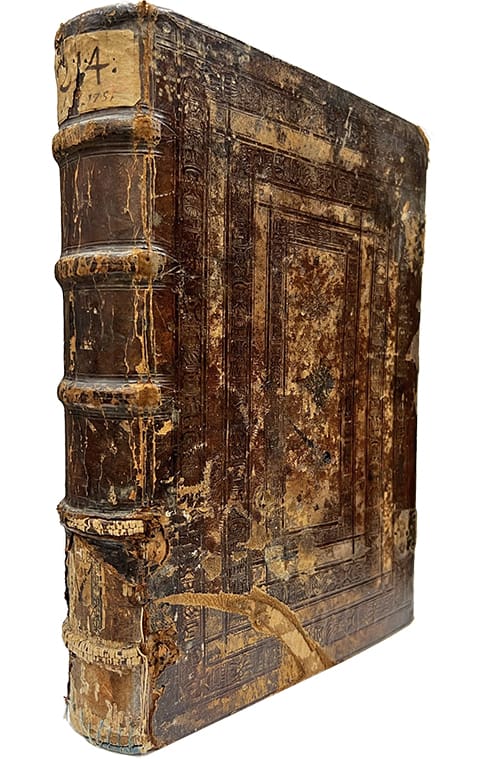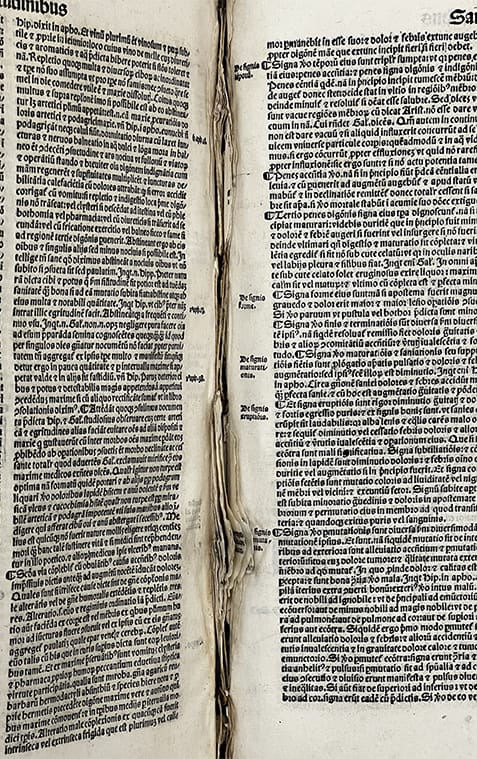by Damien Ihrig, Curator, John Martin Rare Book Room @Hardin Library
| MESUË THE YOUNGER (fl. ca. 1200?). Canones universales. First Giunta edition. Printed in Venice by Luca-Antonio Giunta, 1527. 388 leaves. 32 cm tall.
Mesue’s works were an immediate hit. Some of the most famous western physicians of the time, including Petrus de Abano and Mondino dei Luzzi, wrote commentaries on Mesue’s work. Canones, in particular, was very influential. It was printed more times in the 15th century than works from several other influential authors, including Ibn Sina and Pliny the Elder. Canones contains the whole of the Pseudo-Mesuë’s writings, consisting of three works: one on purgatives (laxatives); an antidotarium, or apothecary’s manual, which was the most popular handbook of drugs in medieval Europe; and an incomplete manual of special therapeutics. The first work, De simplicibus, is a book of so-called “simples.” These were substances from nature thought to have medicinal properties, or “virtues,” a term used throughout our many herbal medicine works. De simplicibus specifically listed forty-nine purgatives – substances used to purge bodily fluids and rebalance one’s “humors.” The second work, Antidotarium sive Grabadin medicamentorum, or simply the Grabadin, was a major work of pharmaceutical compounds. It greatly expanded the drug treatments available to European practitioners. It was based on Arabic pharmaceutical tradition, which had as its foundation Greek tradition. It became the standard for European pharmacopoeia and was the foundation for centuries of pharmaceutical medicine. This edition of 1527 (we also have a 1502 edition) would have functioned as a Physician’s Desk Reference, guiding practitioners in their use of pharmaceutical treatments. Along with Canones, it contains medical and pharmacological works by other authors such as de Abano and dei Luzzi, as well as Abulcasis (Abū al-Qāsim Khalaf ibn ʻAbbās al-Zahrāwī), Saladino Ferro, Gentile da Foligno, Christophorus de Honestis, Francesco di Piedimonte, Matthaeus Platearius, and Niccolò da Salerno.
This book has clearly lived an eventful life. The leather covering has experienced quite a bit of trauma. The pretty blind-tooled cover shows a large tear, deep scratches, insect damage, evidence of mold, and major loss along the lower spine. As horrible as all this may look, it provides us with a lot of information we would not have had available with a completely untouched binding. For those interested in historical bindings, there is a wealth of information. The exposed spine shows us the sewing and materials used to create the binding. I have written before about manuscript or printer’s waste – the recycling of manuscript and printed material in the construction of new books. The exposed spine on Canones shows evidence for both! Take a close look at the spine and you will see hand lettering on parchment and what looks like a print of a small decorative frame used as a spine liner. Diving into the book, many of the pages are heavily annotated, including several manicules. And much like those of modern students, the annotations peter out before the end of the book. The more things change… Taking a look at the paper, most of it is in really good shape. It has a lovely creamy color and supple texture. Every so often throughout the book is a leaf with heavy foxing (rusty-looking discoloration). It is clear that at least one batch of paper used to print the book was of substandard quality and contains acidic particles eating away at the paper. Hopefully, most of the damage has already been done. Finally, about three-quarters of the way through the book, a section has been rather violently ripped out. The photo above shows the uneven and rough stubs left over from this assault. Did someone find something they disliked and angrily remove it? Was it a section with valuable information that a student or practitioner decided to take for themselves? The missing section mainly deals with the pleasant-sounding “putrid fever.” Was it a library book and, lacking a sharp knife, someone coughed loudly while ripping out the pages? We will never know, but it is fun to think about! Contact me to “waste” time this book: damien-ihrig@uiowa.edu or 319-335-9154 to arrange a visit in person or over Zoom. For more information about the author of this book, read the November newsletter.
Individuals with disabilities are encouraged to attend all University of Iowa-sponsored events. If you are a person with a disability who requires a reasonable accommodation in order to participate in this program, please contact our office in advance at damien-ihrig@uiowa.edu or 319-335-9154
|




